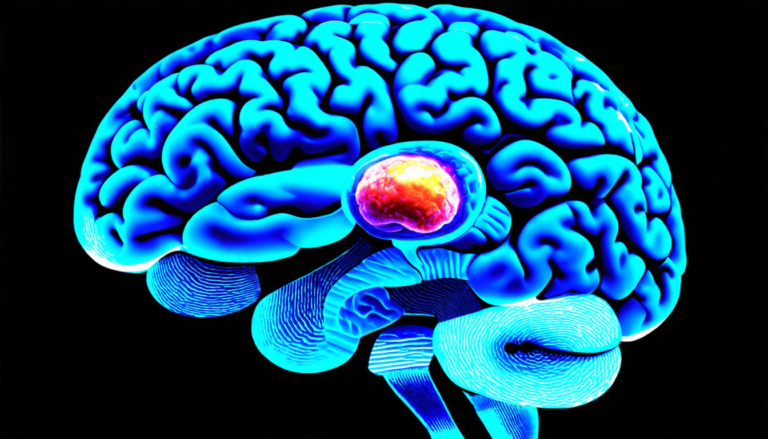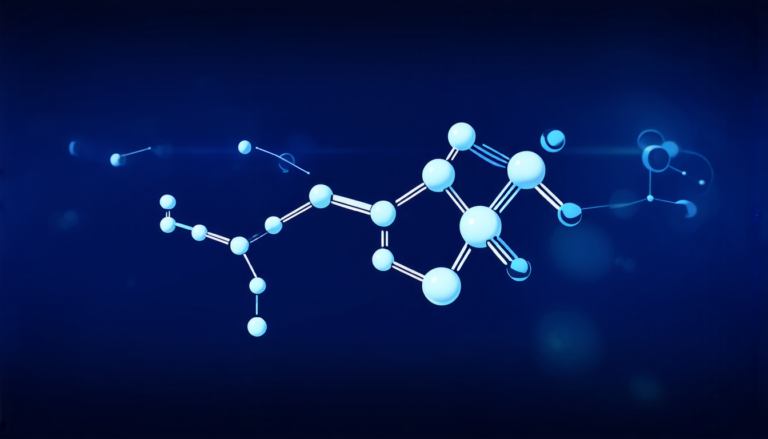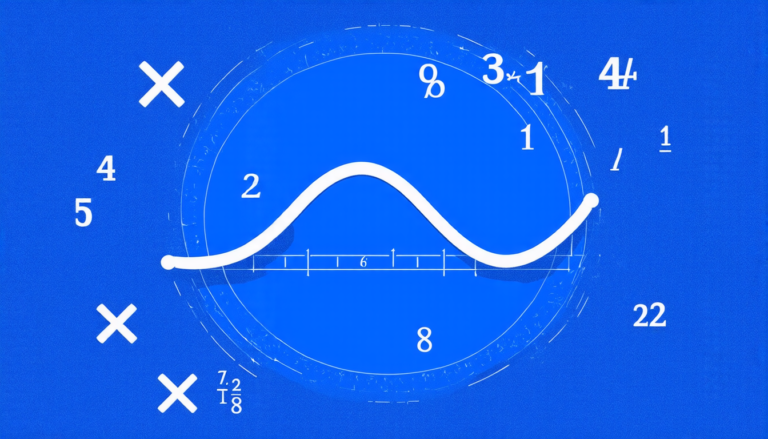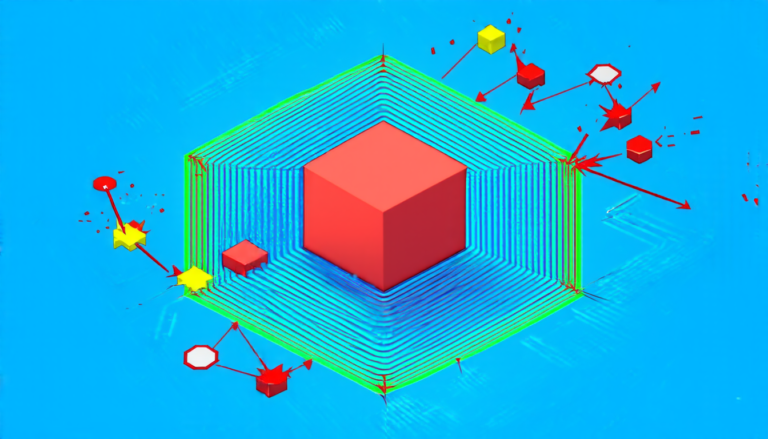Sunday 06 April 2025
The study of algebraic geometry has been a fascinating area of research for centuries, and recently, mathematicians have made significant progress in understanding some of its most fundamental concepts. A team of researchers has been working on perfect ideals, which are sets of polynomials that have specific properties, and their applications to various fields.
Perfect ideals are particularly interesting because they can be used to describe the geometry of certain algebraic varieties. An algebraic variety is a set of points in space defined by polynomial equations. For example, the circle can be described as an algebraic variety because it can be defined using polynomial equations such as x^2 + y^2 = 1.
The researchers have been studying perfect ideals of codimension two, which are sets of polynomials that define a surface in three-dimensional space. These surfaces are interesting because they can be used to model real-world phenomena such as the behavior of particles in physics or the structure of materials in engineering.
One of the main challenges in studying perfect ideals is understanding their properties and how they relate to each other. The researchers have been using advanced mathematical techniques, such as homological algebra, to study these properties and gain insights into their behavior.
The team has made significant progress in understanding the geometry of surfaces defined by perfect ideals. They have shown that certain types of surfaces can be described using a specific type of polynomial called a Sylvester form. This is important because it provides a new way to understand the structure of these surfaces and how they relate to each other.
The researchers have also been exploring the applications of perfect ideals in physics and engineering. For example, they have shown that certain types of materials can be modeled using perfect ideals, which could lead to new insights into their properties and behavior.
In addition to its theoretical importance, this research has practical implications for various fields. For instance, understanding the geometry of surfaces defined by perfect ideals could help engineers design more efficient systems or materials. Similarly, studying the properties of perfect ideals could aid physicists in developing new models of particle behavior.
The study of perfect ideals is a complex and nuanced area of research that requires expertise in both algebraic geometry and advanced mathematical techniques. However, the researchers believe that their work has the potential to make significant contributions to our understanding of these fundamental concepts.
Overall, this research highlights the power of mathematics to describe and analyze complex phenomena in various fields.
Cite this article: “Unlocking the Secrets of Algebraic Geometry: A Breakthrough in Understanding Ideal Theory”, The Science Archive, 2025.
Algebraic Geometry, Perfect Ideals, Homological Algebra, Sylvester Form, Surfaces, Polynomials, Algebraic Varieties, Particle Behavior, Material Properties, Mathematical Modeling.







